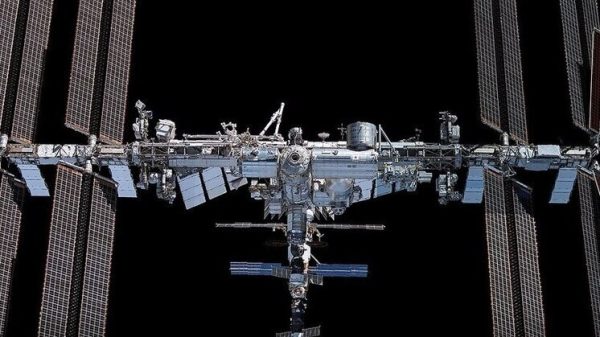Volcanic eruptions were taken as a reference
For the first time among the most ancient forms of multicellular life, precise dating has been established. Complex multicellular life arose on Earth 600-700 million years ago, researchers have found. For decades, scientists have been trying to understand the age of cells, and they are finally able to do so by comparing fossils with each other. Some of the oldest examples of these mysterious, ancient creatures were found in the Coad Cochion quarry in the UK.

For about 3.5 billion years, life on Earth consisted of simple single-celled organisms. That all changed about 700 million years ago, when new, large and complex multicellular organisms emerged in Earth's ancient oceans.
A team led by researchers from Curtin University in Western Australia has accurately dated fossils for the first time in a study published in the journal Geological Society.
«We used the eruption from an ancient volcano that covered the animals as a time reference to precisely date the fossils to within 0.1 percent of 565 million years ago,» — states author Anthony Clark.
In the 1970s and 1980s, strange jellyfish-like organisms were discovered in the UK, comparable to the Ediacaran organisms found in the Flinders outback in South Australia. These organisms were soft-bodied creatures with a symmetrical structure. According to scientists, they confirm that multicellular animals appeared 635-542 million years ago.
“Because similar Ediacaran fossils are found in places around the world, including Australia, dating the fossils allows them to be identified as part of an ancient living community that evolved as the Earth thawed after the global ice age,— explains Clark. — These creatures are somewhat reminiscent of modern marine species such as jellyfish. But otherwise they are quirky and unfamiliar. Some look like ferns, others — on cabbage.»
The Ediacaran period (635-541 million years ago) marks the first time in Earth's history that life became «big.»
The entire so-called Ediacaran fauna became extinct to the time of the Cambrian Explosion about 540 million years ago, when the basic body forms emerged that came to dominate the animal kingdom of our planet, including the first vertebrates and arthropods – ancient relatives of modern insects, spiders and crabs.
«Ediacaran fossils record life's response to melting from global glaciation, showing a deep connection between geological processes and biology,&rdash; Study co-author Professor Chris Kirkland. He added that their «research underscores the importance of understanding these ancient ecosystems in order to unravel the mysteries of Earth's past and shape our understanding of the evolution of life.»


























































Свежие комментарии